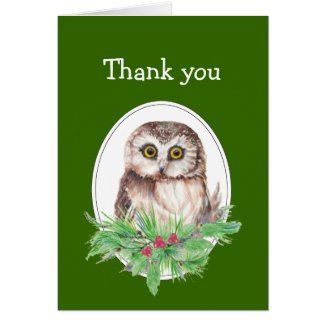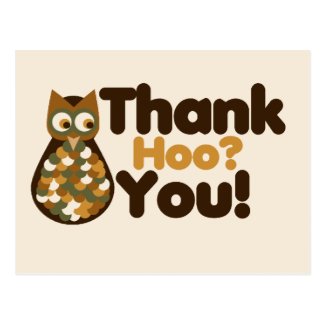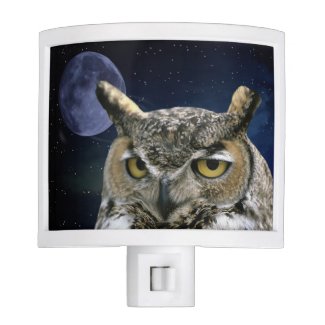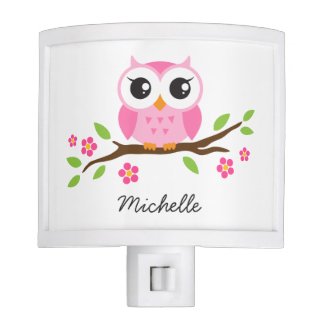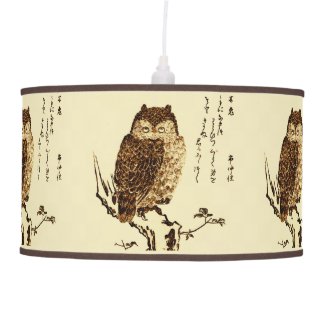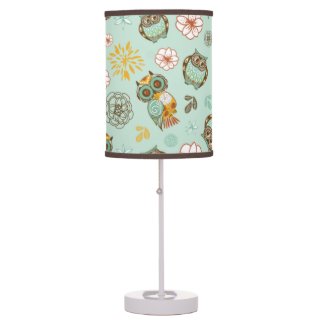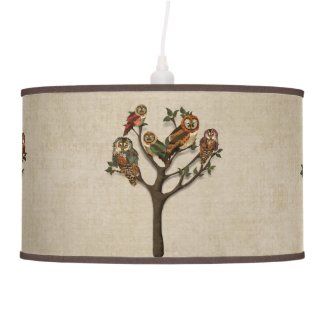I'm thankful for many things, and like you, one of the things I'm thankful for is that there are still owls in the world. Sadly, for some owl populations, like the Barn and Spotted Owls, that may not be the case in the not so distant future. Their numbers are dwindling at an alarming rate due to increased severe weather conditions, loss of habitat, and consequently, food, as well, as from rodenticides poisoning.
Some of the owl species that are already extinct are: Laughing owl, Forest Spotted owl, Maruituis owl, and the Andros Island Barn owl.
So, again, lets be thankful for the owls still in our world, and for all those conservation organizations and individuals who are working so hard in trying to save these magnificent and important birds.
And to give thanks to anyone for any occasion, what better way to do it but with owls!








